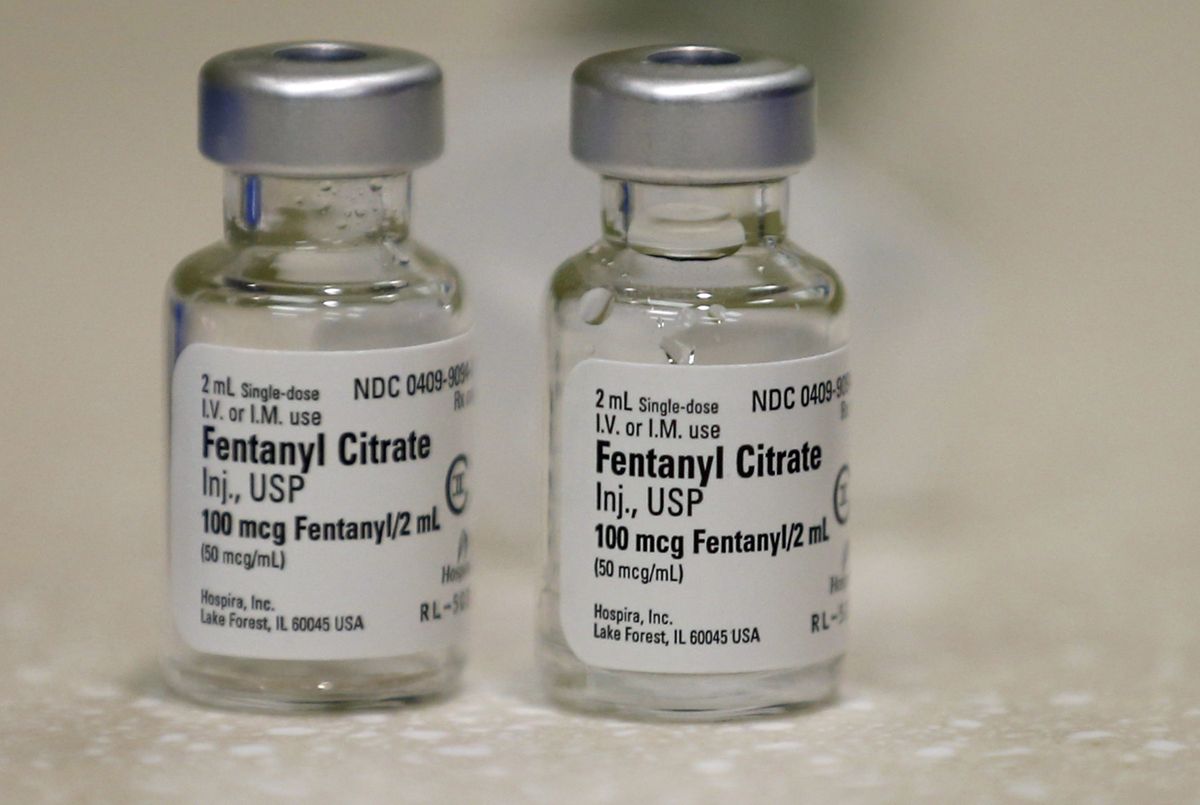
04 Feb Alberta opioid overdose fatalities hit record levels last year, data show
New figures show that fentanyl death rates in 2018 continued to rise in Alberta, but at a slower rate.
Rick Bowmer/The Canadian Press
Nearly two Albertans are now dying every day from an accidental fentanyl overdose according to new data from the provincial government that show fatalities from the misuse of opioids hit a record high in 2018.
Four years after authorities first recognized a public-health crisis in the province due to deaths from potentially deadly opioids, an Alberta Health report shows 582 people died from fentanyl overdoses between Jan. 1 and Nov. 11, 2018. Over the same period in 2017, 463 Albertans died from the same cause.
While the number of deaths is still increasing, the rate of increase looks to be slowing, according to Elaine Hyshka, a public-health professor at the University of Alberta. She said the full picture for 2018 won’t be clear for several months until the final data for the year are produced because the last three months of the year have historically shown a spike in fatalities.
“While it’s encouraging to see the rate of increase slow, we still have a lot of work to do,” she said. “At the end of the day, the numbers we’re seeing are individual Albertans, people’s friends and family. We need to ensure that as a province we remain committed to facing this pressing problem.”
Thirteen Albertans are now dying from fentanyl weekly, up from 11 a week in 2017. The province’s latest data don’t include numbers for deaths from opioids other than fentanyl and its analogues.
Alberta is among the provinces hardest hit by a Canada-wide opioid crisis that has killed thousands.
In neighbouring B.C., the latest figures for 2018 show 1,380 people died from overdoses between Jan. 1 and Nov. 30, 2018. That rate is similar to the figure for 2017.
Alberta’s new numbers come at a time when Calgary residents are debating the future of the city’s only supervised drug-use site after police warned in late January that the crime rate has soared in recent months around the facility, partly owing to a surge in use of crystal meth.
According to the new health data, Calgary was the hardest-hit region in the province by fentanyl overdoses with 271 deaths in 2018 during the months up to Nov. 11. Over the same time period, 166 deaths were recorded in Edmonton.
Residents of Alberta’s largest city are now more likely to die from an opioid overdose than a car accident, Calgary Mayor Naheed Nenshi announced last week before the new data were released.
Calgary Councillor Evan Woolley, whose ward hosts the city’s only supervised drug-use site, said the new provincial data are sobering and show the city needs to do more to combat opioid deaths.
“The crisis and the challenge in front of us remain. The increased death rate shows that the hard work we’ve undertaken needs to continue and further resources are needed. This death rate is not sustainable. Losing 300 people a year in this city to fentanyl is deeply problematic,” Mr. Woolley told The Globe and Mail. “We’re not turning the curve and this report shows that.”
Alberta Health Minister Sarah Hoffman announced on Jan. 29 that her office was committing $200,000 to fund a community team to tackle mounting disorder and reports of violence in Calgary’s trendy Beltline neighbourhood. Mr. Woolley said residents in that area are now looking to balance the positive work of the supervised drug-use site, which reported saving more than 800 lives in 2018, with concerns for community safety.
Calgary police have reported a 29-per-cent increase in calls for service within 250 metres of the facility since it opened more than a year ago in the Sheldon M. Chumir Health Centre. The police reported a 276-per-cent rise in drug-related calls compared with a three-year average, as well as a 47-per-cent increase in violence and a 45-per-cent jump in breaking and entering. Calls for service across Calgary were up 4 per cent over the same period.
The new crime figures could scuttle work by a group trying to open a mobile supervised drug-use site in Calgary, the councillor warned.
“This is an unbelievably complex crisis, but if we can’t get this facility right first, if we’re seeing spikes in crime, it won’t work,” said Mr. Woolley, who has called on the police to present a plan to city council to ensure community safety. “These facilities won’t be successful without local support.”
[ad_2]
Source link



No Comments